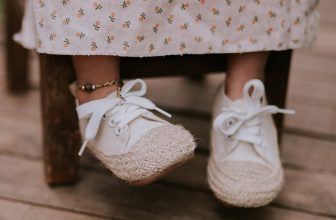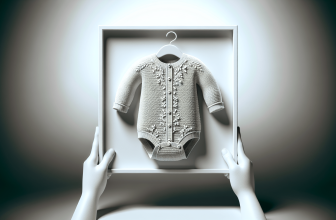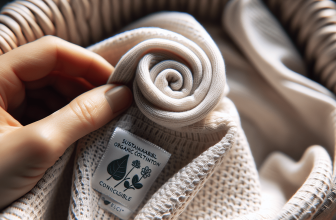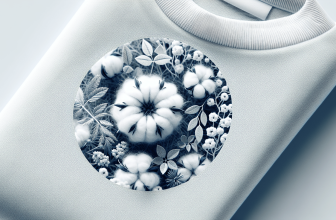You’re in for a treat as we explore the fascinating world of innovative baby clothing features that every parent should know about. From clever design elements that make dressing your little one a breeze, to cutting-edge fabrics that prioritize your baby’s comfort, this article brings you the latest trends in baby fashion. Get ready to be amazed by the ingenious features that are revolutionizing the way we dress our babies, making parenting easier and more stylish than ever before. So, whether you’re a seasoned parent or a soon-to-be mom or dad, read on to discover the exciting world of innovative baby clothing.
Eco-Friendly Materials
When it comes to choosing clothing for your baby, it’s important to consider the impact it has on the environment. Luckily, there are eco-friendly materials available that not only prioritize sustainability but also prioritize your baby’s comfort. One such material is organic cotton. Organic cotton is grown without the use of harmful chemicals or pesticides, making it a safer and healthier option for your baby’s delicate skin. It is also biodegradable, so it won’t contribute to environmental pollution.
Another eco-friendly material to consider is bamboo fabric. Bamboo is a rapidly renewable resource that requires minimal water and no pesticides to grow. It is naturally hypoallergenic and breathable, making it ideal for babies with sensitive skin. Not only is bamboo fabric soft and comfortable, but it also has natural moisture-wicking properties, keeping your baby cool and dry.
Recycled materials are also gaining popularity in the baby clothing industry. From recycled plastic bottles to reclaimed fabrics, these materials help reduce waste and promote a circular economy. By choosing clothing made from recycled materials, you are not only giving new life to old products but also contributing to a more sustainable future for your child.
Temperature Regulation
Babies have a harder time regulating their body temperature compared to adults, so it’s important to choose clothing that helps keep them comfortable in different weather conditions. Thermal clothing, made from insulating materials, helps keep your baby warm in colder weather. Look for clothing that has a high warmth-to-weight ratio, ensuring that your baby stays cozy without feeling restricted.
On the other hand, cooling fabric is ideal for hot summer months. Fabrics that have moisture-wicking properties and allow airflow help keep your baby’s skin dry and cool, preventing overheating and discomfort. Keep an eye out for clothing labeled as “breathable,” as these designs help promote air circulation and regulate temperature.
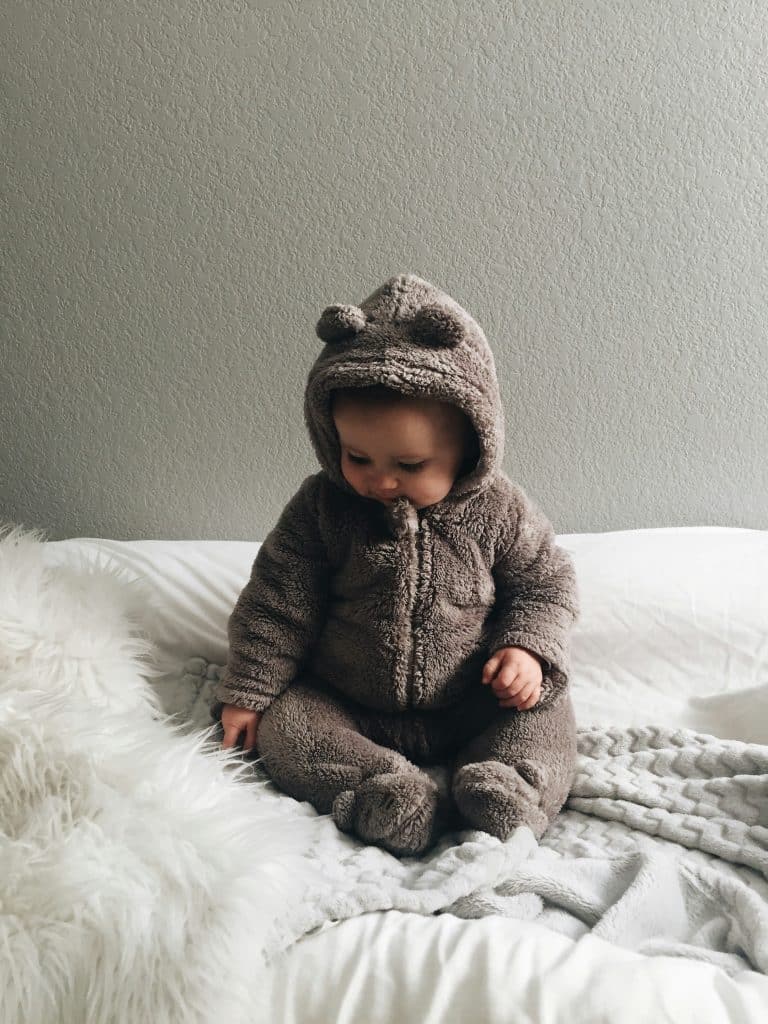
This image is property of images.unsplash.com.
Easy Diaper Changes
We all know how challenging diaper changes can be, especially when you’re on the go. That’s why clothing with smart diaper change features can be a game-changer for busy parents. Look for clothing with snaps or magnetic closures, as these make it quick and easy to remove and secure the garment during diaper changes. You’ll appreciate not having to struggle with numerous buttons or zippers while trying to keep your baby’s patience intact.
Access flaps or zippers are another handy feature to consider. These allow easy access to the diaper area without having to remove the entire garment. This is particularly useful for situations where you need to change a diaper quickly, such as during nighttime diaper changes or while traveling.
Convertible designs are also worth considering. These versatile clothing items can be easily transformed from a romper to a onesie or vice versa with the use of snaps or buttons. This feature not only provides convenience during diaper changes but also extends the life of the garment as your baby grows.
Hypoallergenic Options
Babies often have sensitive skin, so it’s important to choose clothing that minimizes the risk of irritation or allergic reactions. Look for clothing made with chemical-free dyes, as these are less likely to cause skin irritation. Allergen-free materials, such as organic cotton or bamboo fabric, are also great choices as they are less likely to trigger allergies.
Consider clothing with anti-microbial treatments, which help prevent the growth of bacteria and fungi that can cause skin infections or odors. These treatments are often made with natural ingredients and provide an extra layer of protection for your baby’s delicate skin.
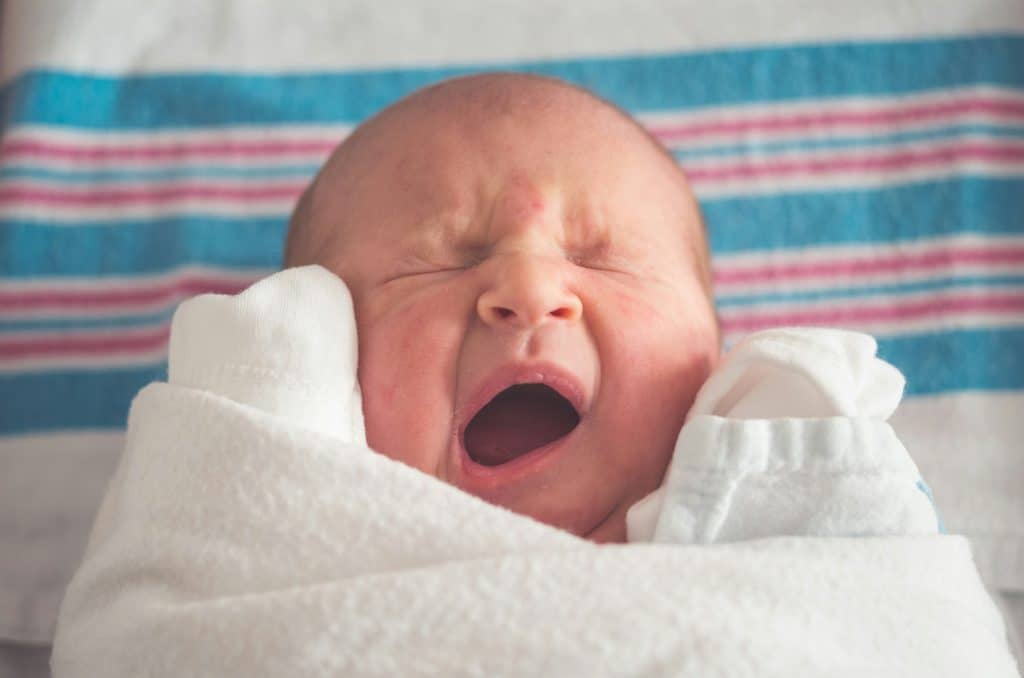
This image is property of images.unsplash.com.
UV Protection
Protecting your baby’s delicate skin from harmful UV rays is crucial, especially during outdoor activities. Look for clothing made from UPF-rated fabrics. UPF stands for Ultraviolet Protection Factor and indicates the fabric’s ability to block out UV radiation. The higher the UPF rating, the better the protection.
Complete your baby’s sun protection by incorporating sun hats with neck flaps into their wardrobe. These hats provide shade not only to the face but also to the neck, which is a commonly forgotten area that is prone to sunburn. Opt for wide-brimmed hats or those with neck flaps for maximum coverage.
Consider clothing with full coverage designs, such as long-sleeved shirts or dresses with longer hemlines. These designs provide added protection to a larger part of the body, reducing the risk of sunburn or sun damage.
Anti-Scratch Mittens
Babies have a natural instinct to scratch themselves, particularly their faces, which can lead to scratches, rashes, or irritation. To prevent this, look for clothing with built-in mittens. These mittens are usually attached to long sleeve cuffs and can be flipped over the baby’s hands to cover their sharp nails. This way, you can ensure your baby’s sensitive skin remains protected and scratch-free.
Fold-over cuffs are another excellent feature to consider. These cuffs can be folded over the hands, acting as mini mittens. They provide a snug fit and prevent accidental scratches while allowing your baby’s hands to remain accessible when needed.
Gentle elastic wristbands are also worth mentioning. These wristbands give a secure but comfortable fit, ensuring that the mittens or cuffs stay in place and don’t slide off during active moments.
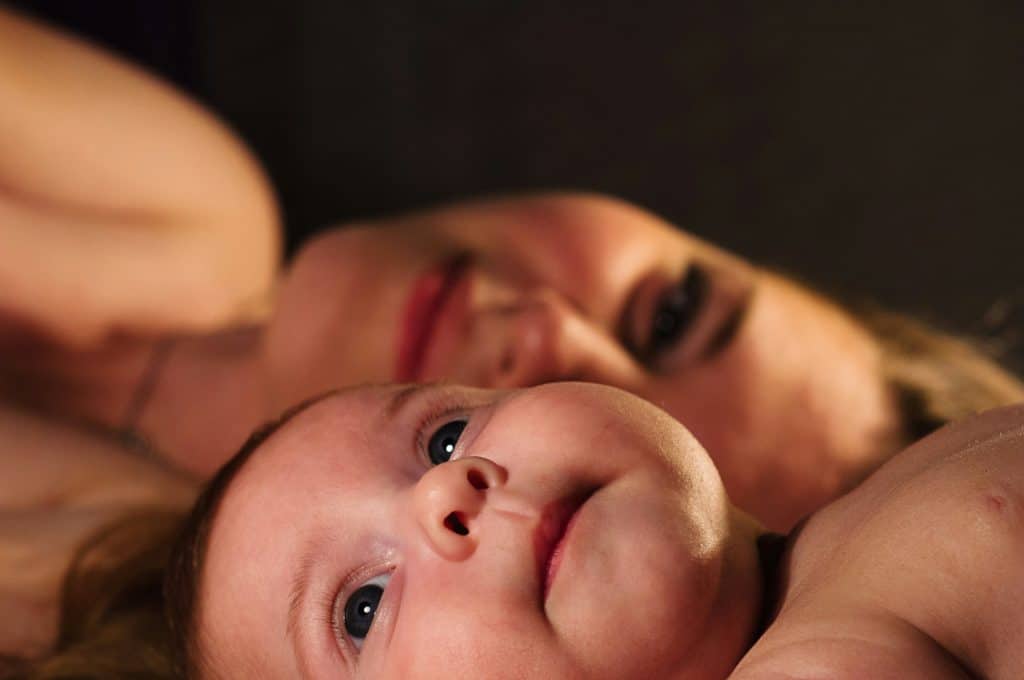
This image is property of images.unsplash.com.
Growth-Friendly Features
Babies grow at a rapid pace, which means constantly purchasing new clothing as they outgrow their current sizes. To minimize this hassle and save money, look for clothing with growth-friendly features. Extendable cuffs or hems are a fantastic option as they allow you to adjust the length of the sleeves or pant legs, accommodating your baby’s growth spurts.
Expandable waistbands are another feature to consider, especially for bottoms like pants or skirts. These waistbands can be easily adjusted to fit your baby’s waist size, allowing for a comfortable and secure fit as they grow. This eliminates the need to constantly purchase new pants or skirts to accommodate their changing waistline.
Adjustable straps or snaps are also a great addition to clothing designs, especially for overalls, rompers, or dresses. These features allow you to tighten or loosen the garment, ensuring a proper fit as your baby grows without sacrificing comfort or style.
Smart Technology Integration
In today’s digital age, we’re surrounded by smart technology, and baby clothing is no exception. Sensor-embedded clothing has started to make its way into the market, providing parents with valuable information about their baby’s well-being. From monitoring temperature and heart rate to tracking sleep patterns, these innovative clothing items can provide peace of mind and actionable insights.
Monitoring devices, often in the form of small sensors or patches, can be attached to your baby’s clothing. These devices sync with your smartphone, allowing you to access real-time updates and data about your baby’s health and comfort. Whether you’re a worried parent or simply want to keep track of your little one’s sleep patterns, technology-integrated clothing can offer valuable insights.
Smartphone connectivity takes this integration even further. Some clothing items are designed to interact with your smartphone directly, eliminating the need for additional devices or sensors. With a simple tap or scan, you can access information, adjust settings, or receive alerts, giving you complete control and convenience.
Stain-Resistant Fabrics
Spills and stains are inevitable when it comes to babies, but that doesn’t mean you have to constantly battle stubborn stains. Look for clothing made with stain-resistant fabrics, as these can make your life much easier. Waterproof coatings are often applied to fabrics, making them more resistant to liquid spills and stains. This means you can easily wipe away messes without worrying about long-term staining or damage to the garment.
Easy-to-clean materials are also a great option. Fabrics that are machine washable and dryer-friendly save you time and effort when it comes to cleaning up after messy meals or diaper changes. Look for clothing that can withstand frequent washes without losing its shape or color.
Some garments even come with stain-repelling treatments, which form a protective barrier on the fabric that prevents stains from setting in. These treatments can be particularly helpful for light-colored clothing or items that are prone to frequent spills, such as bibs or onesies. With stain-resistant fabrics, you can spend less time worrying about stains and more time enjoying precious moments with your baby.
Safety Enhancements
Safety should always be a top priority when it comes to your baby’s clothing. Look for garments made with fire-retardant materials. These materials help reduce the risk of injuries in case of accidental contact with flames or fire. Fire-retardant clothing is especially important for sleepwear, as it provides an extra layer of protection during nighttime or nap time.
Reflective strips are another safety feature to consider, especially for outdoor clothing. These strips are typically found on jackets, vests, or pants and increase visibility during low-light conditions. Whether you’re out for an evening stroll or crossing the street, reflective strips help ensure that your baby is easily seen by motorists and pedestrians.
Secure fastenings are essential, particularly for baby clothing that features buttons, snaps, or zippers. Ensure that these fastenings are securely attached to the garment, preventing them from becoming loose or detached. This reduces the risk of small parts becoming choking hazards, ensuring your baby’s safety during playtime or while sleeping.
In conclusion, there are numerous innovative features to consider when choosing baby clothing. From eco-friendly materials to smart technology integration, these features not only prioritize comfort and convenience but also cater to the specific needs of your baby. By being aware of these options, you can make informed choices and provide your little one with the best clothing possible. Remember, always prioritize safety, sustainability, and quality when selecting baby clothing.



